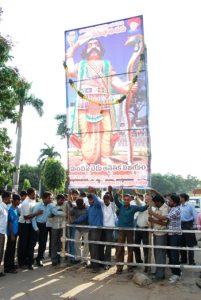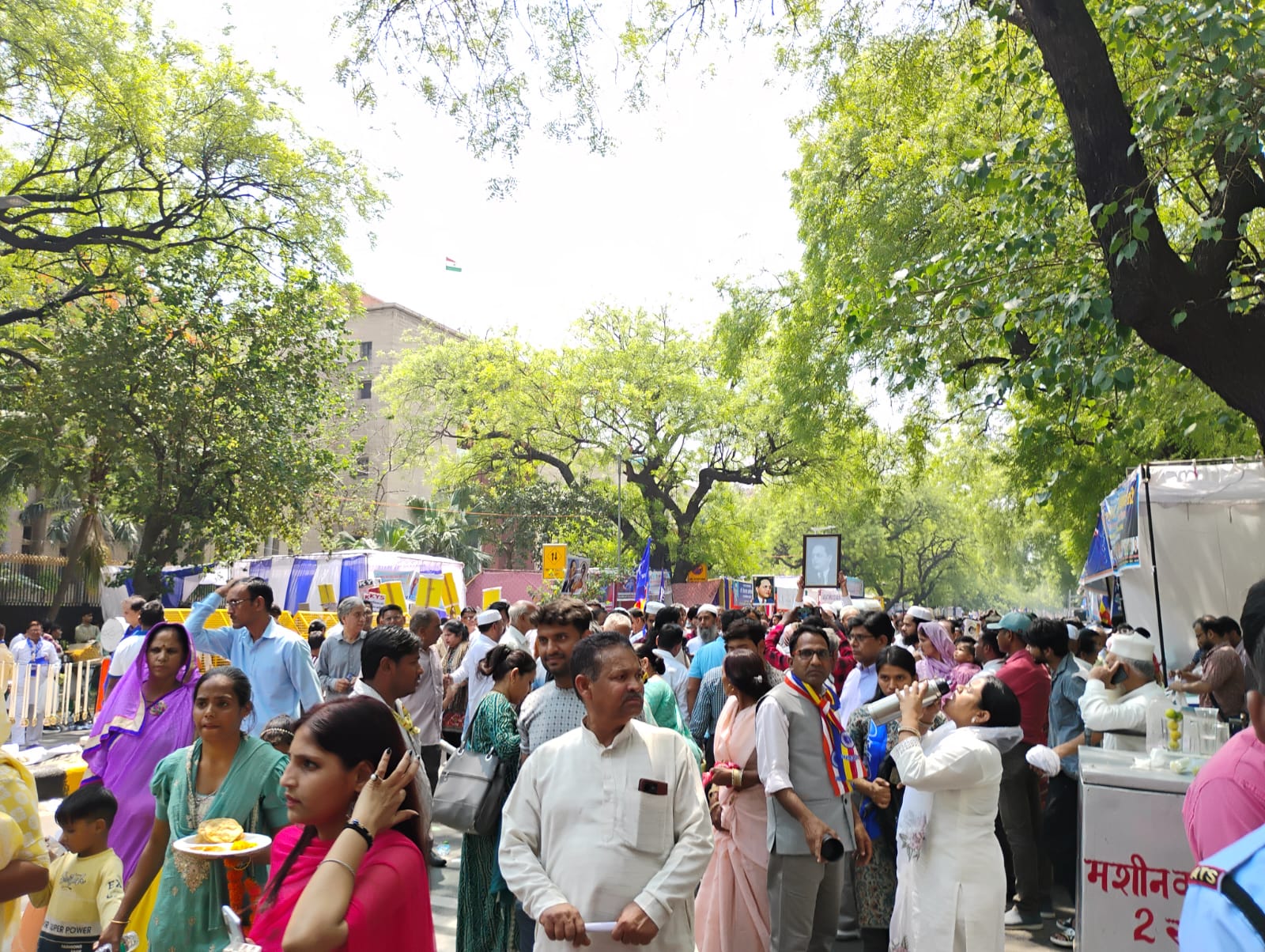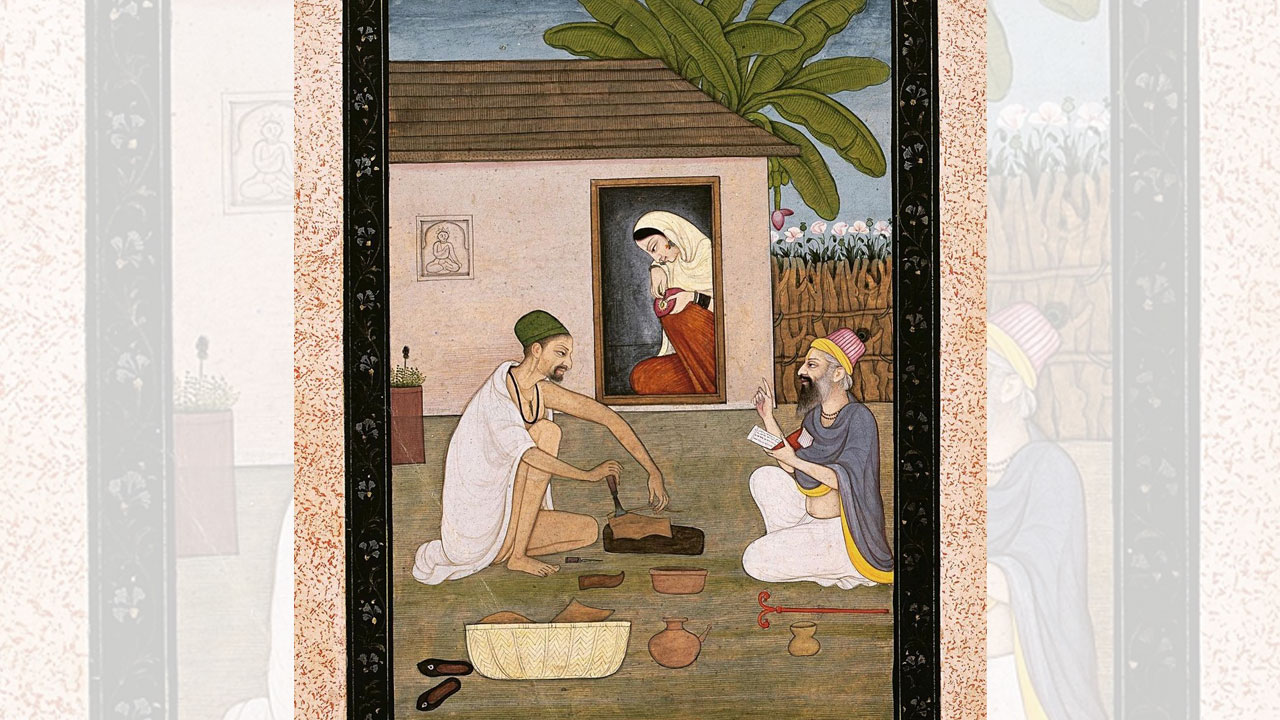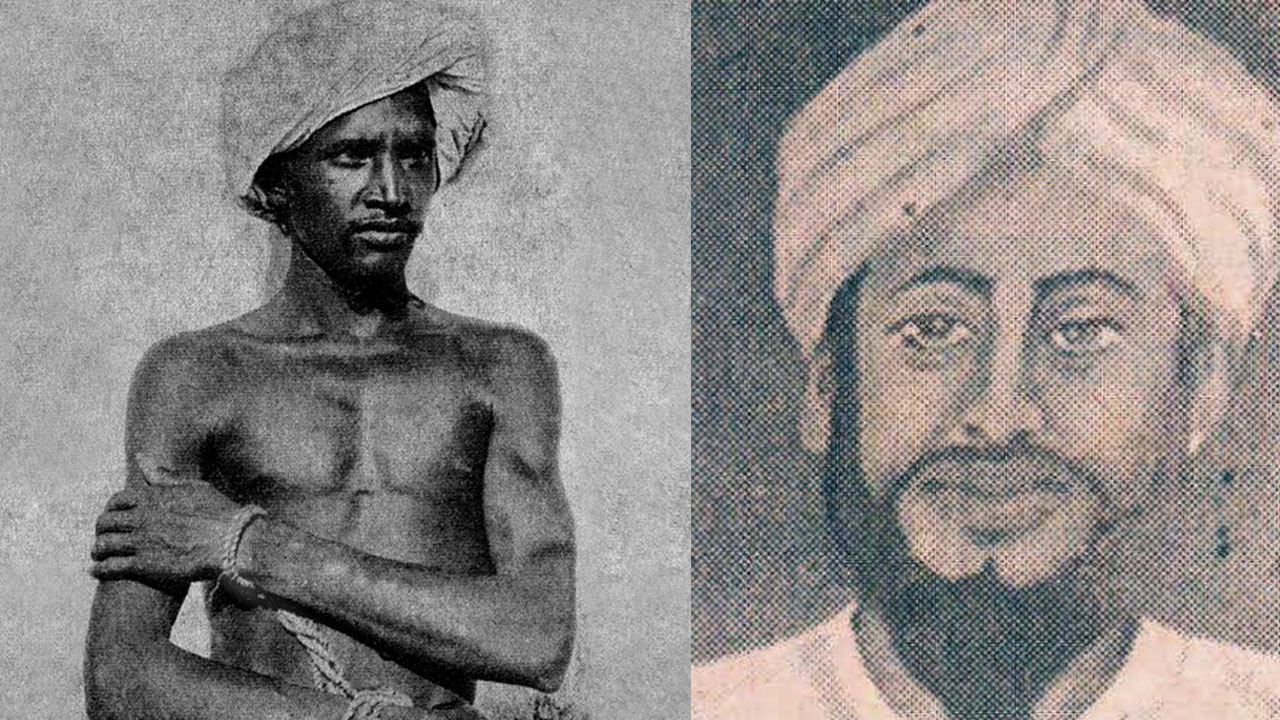
Mahisha was a great ruler of the kingdom of Mysore, or Mahisha Mandala, as the kingdom was called then. Having inherited Buddhist culture and legacy, Mahisha upheld humanism and democratic principles in his rule. Unfortunately, the history of Mysore, which is now the cultural and intellectual capital of Karnataka, has been tarnished by brahmanical forces bent on suppressing its legacy through mythologies.
Mahisha Mandala
Mysore is Karnataka’s second largest city today. It lies 130 kilometres southwest of Bengaluru. The earliest historical reference to Mysore or Mahishur is from the time of King Ashoka, in 245BC. After the third Buddhist convocation at Pataliputra concluded, Ashoka deputed a Buddhist monk called Mahadeva to this region to propagate the ideals of Buddha and establish a welfare state based on Buddhist philosophy. Mahadeva subsequently became Mahisha and established the kingdom of Mahisha Mandala. Some edicts of Ashoka have been found in the northern parts of the present state of Karnataka. There are adequate historical monuments and archival documents to substantiate the rule of Mahisha in this region.
The Mysore Yadu dynasty came to power in 1399AD. They were feudatories of the Vijayanagar kings. They also contributed to the development of Mysore province. Bettada Chamaraja Wadiyar, the raja of Mysore, rebuilt the small fort in 1584AD. He made Mysore his capital and named the place “Mahishura Nagara” (the city of Mahishur). Several inscriptions from 17th century and later refer to Mysore as “Mahishuru”. Raja Wadiyar shifted his capital from Mysore to Srirangapatna in 1610AD.
Hyder Ali and Tipu Sultan were Mysore’s other great rulers. Hyder Ali expanded the kingdom of Mysore remarkably. His son Tipu Sultan developed the kingdom further, focusing on international relations and cooperation. He never compromised with the British who ruled India. Tipu Sultan never wanted to be a part of the British colony. He fought against the imperialists and died a great patriot in 1799. His name remains etched in the history of modern India. After the death of Tipu Sultan, Mysore became the capital of the Wadiyars again. The British restored the Wadiyars to the throne by way of a subsidiary alliance and Mysore became a princely state.
The transformation of Mysore from a small town within the confines of the fort to a modern township began under the rule of Krishnaraja Wadiyar III. It was Krishnaraja Wadiyar IV who developed Mysore into a model state by putting the infrastructure in place and expanding the economy. He was a democrat, humanist and development-oriented administrator. The Wadiyars continued to rule the state until Indian independence in 1947, when Mysore acceded to the Union of India.
Humanist and a democrat

Ambedkar had rightly stated that the history of India is the history of conflict of interest between Brahmanism and Buddhism. Brahmanism represented the caste system and caste-based domination. Buddhism represented humanism and values-based democracy. The Aryans invaded India and crushed the indigenous people through undemocratic means. They also destroyed its Buddhist foundations and imposed Brahmanism. The indigenous people lost their fundamental rights and became slaves under the varna system. Many indigenous rulers, including Mahisha, were overthrown by the Aryans through politics of manipulation.
Mysore has also been referred to as Mahisha Mandala, Mahishuranadu, Mahishanadu and Mahishapura. A predominantly agrarian state, Mahisha Mandala had a large number of buffalos that were used for cultivation, dairy and other purposes. Hence, Mysore was also called Erumaiyur, which means a land of buffalos. The Buddhist and Hoysala literatures contain a lot of information about Mahisha Mandala; it had several towns during that period.
Naga kings, who were Dravidians by birth, ruled south India. Prof Mallepuram G.Venkatesh has noted the links between the Naga and the Mahisha peoples. The Nagas fought against Aryan invasion and had rulers who valued their culture. According to anthropologist M.M. Hiremat (Karnataka Dalit Cultural Legacy), Karnataka had two great races called Naga and Mahishaka.
The Aryans came up with mythologies to belittle Buddhist kings. They concocted a story, according to which Mahisha was born after a man had sexual intercourse with a female buffalo. Similarly, according to historian Manjappa Shetty (The Palace of Mysore), the priests spread the lie that goddess Chamundi killed Mahisha to protect her people and preserve justice.
Vested interests project Mahisha as a demon. There is no evidence to prove the Hindu mythology’s claim that Chamundeswari killed him. Mahisha was indeed a Buddhist-Bahujan king and is a symbol of equality and justice. The statue of Mahisha has him holding a sword with one hand and snake with the other. The sword stands for heroism and snake represents love for nature in the Naga culture inherited by Buddhists.
Folklore expert Prof Kalegowda Nagawar says: “Mahisha ruled Mahisha Mandala, the former state of Mysuru [Mysore]. He was a noble Buddhist king who provided a progressive administration in the region and empowered all sections of society. Facts have been twisted. People need to understand the truth. The Hindu mythology has portrayed Mahisha negatively. The people of the region should celebrate Dasara differently, under the banner of Mahisha Mandala.”
According to noted writer Bannur Raju, “Chamundi Hills were formerly known as Mahabaleswara. Even now, there is a temple of Mahabaleswara in the hillock that was named after Chamundi during the rule of the ‘Yaduvamsha’. They colluded with the priests and cooked up a story that Chamundeswari killed Mahishashura. This is baseless and condemnable.”
Siddaswamy, progressive thinker and author of book Mahisha Mandala, says: “Mahisha is the root of Mysuru. He became the victim of sectarian writers who portrayed him as a demon. Mahisha was a great ruler who cherished the noble ideals of Buddha and Ashoka.”
Reclaiming history

The indigenous people of the Mysore region have come together under the banner of Mahishana Habba to rewrite the history of city. The rationalists of Mysore city celebrated Mahishana Habba (Festival of Mahisha) on 11 October 2015, in the run-up to the Dasara festival, at Chamundi Hills. The programme was organized by the Karnataka Dalit Welfare Trust and other progressive organizations. The programme was attended by hundreds of thinkers, organizers and activists. Shantaraju, president of Karnataka Dalit Welfare Trust, pointed out that it was the duty of the people of Mysore to recognize the origin of the state and respect the founder of historically relevant Mahisha Mandala. The statue of Mahisha was showered with petals. The indigenous people will continue to celebrate Dasara in honour of Mahisha.
(This is an essay from the forthcoming book Mahishasur: Brahmanizing a Myth)





